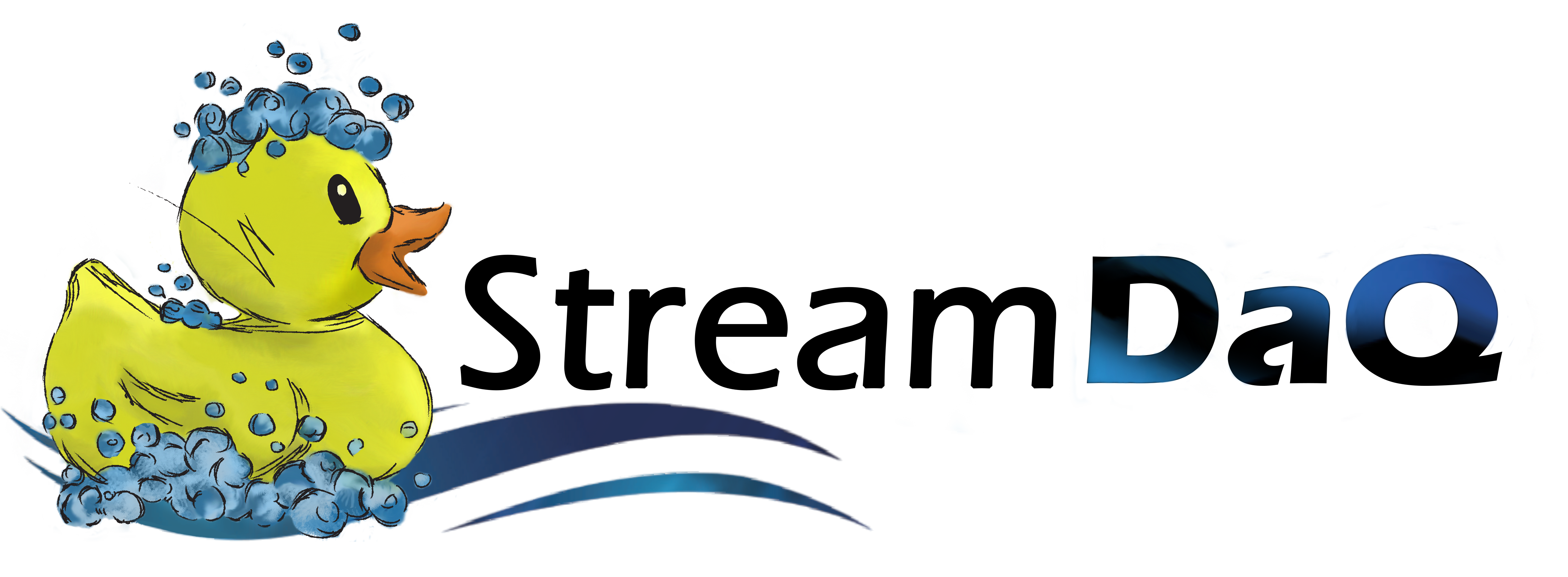📚 Concepts#
Welcome to the conceptual heart of Stream DaQ! Understanding these core concepts will help you design effective data quality monitoring for any streaming scenario.
Why concepts matter
Stream processing and data quality monitoring have unique challenges that don’t exist in batch processing. These concepts will help you think in “streaming mode” and design monitoring that actually works in real-time environments.
Why streaming data quality is different - Understand the unique challenges and dimensions of quality in unbounded data streams.
Bounded computations over unbounded streams - Learn how tumbling, sliding, and session windows make infinite data streams manageable.
Building blocks of quality checks - Discover how measures extract insights and assessments determine pass/fail criteria.
Stream processing principles - Understand late arrivals, watermarks, and how Stream DaQ handles the complexity of real-time data.
Task-based architecture - Monitor multiple independent data sources with different configurations from a single StreamDaQ instance.
Data format strategies - Learn when to use compact vs native formats and how Stream DaQ handles both seamlessly.
The Big Picture#
Data quality monitoring in streaming environments involves four key concepts working together:
Fig. 1 How Stream DaQ concepts work together#
Your streaming data flows continuously into Stream DaQ
Windows group data into manageable time-bounded chunks
Measures extract meaningful metrics from each window
Assessments evaluate whether those metrics meet your quality standards
Real-time results flow out as a quality monitoring stream
From Batch to Stream Thinking#
If you’re coming from batch data quality monitoring, here are the key mindset shifts:
Aspect |
Batch Processing |
Stream Processing |
|---|---|---|
Data Scope |
Complete dataset |
Continuous windows |
Quality Assessment |
After data is complete |
As data arrives |
Time Handling |
Data is “already there” |
Must handle late/out-of-order data |
Results |
Single quality report |
Continuous quality stream |
Action |
Reprocess if needed |
Alert and adapt in real-time |
Learning Path#
We recommend exploring these concepts in order:
- 1. Start with Data Quality (🌊 Stream-first Data Quality)
Understanding what makes streaming data quality unique sets the foundation for everything else.
- 2. Master Windows (🪟 Stream Windows)
Windows are the key abstraction that makes infinite streams manageable. Get this right, and everything else follows.
- 3. Build with Measures & Assessments (📏 Measures and Assessments)
Learn the building blocks you’ll use to construct your quality monitoring.
- 4. Deploy with Real-time Principles (⏱️ Real-time Monitoring)
Understand the production considerations for reliable streaming quality monitoring.
Real-World Application#
Each concept page includes:
🎯 Core theory - What you need to understand
💡 Practical examples - How it applies to real scenarios
🔧 Stream DaQ implementation - How to use these concepts with our API
⚠️ Common pitfalls - What to watch out for
🔗 Related examples - Links to complete use cases
Quality Monitoring Patterns#
As you explore these concepts, you’ll start recognizing common patterns:
Track data arrival rates, detect drops or spikes in volume
Ensure data values fall within expected ranges and formats
Monitor data timeliness and detect stale or delayed data
Check relationships between fields and detect anomalies
Identify missing data, null values, and incomplete records
Monitor statistical properties and detect data drift
Ready to dive deeper? Start with 🌊 Stream-first Data Quality to understand why streaming data quality monitoring is a unique challenge that requires specialized approaches.
Made with ❤️ by the Stream DaQ team at Datalab AUTh
